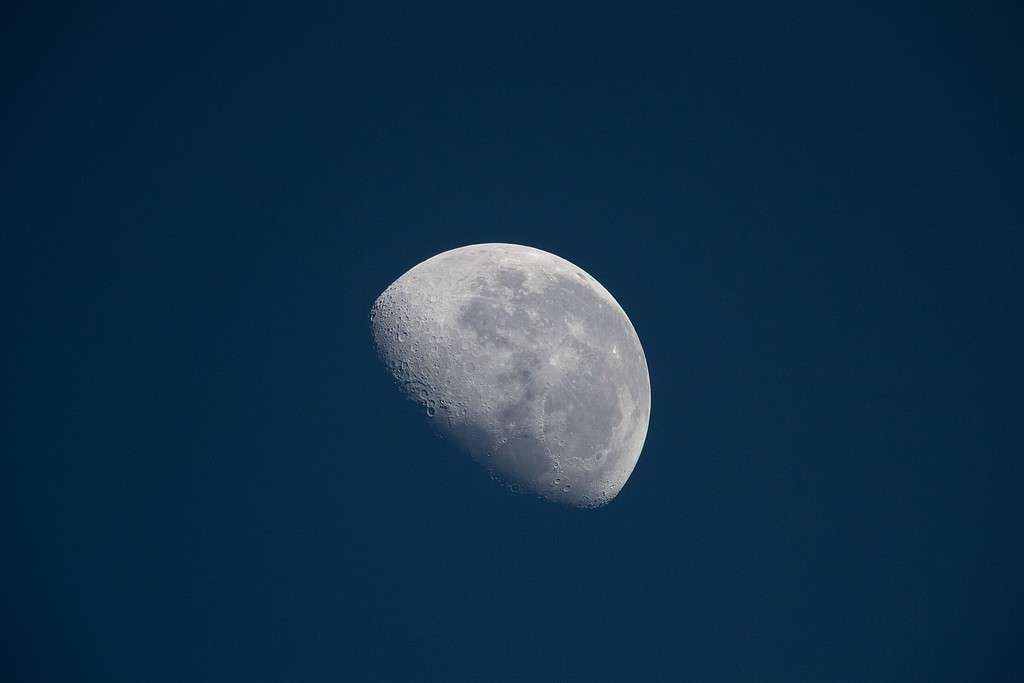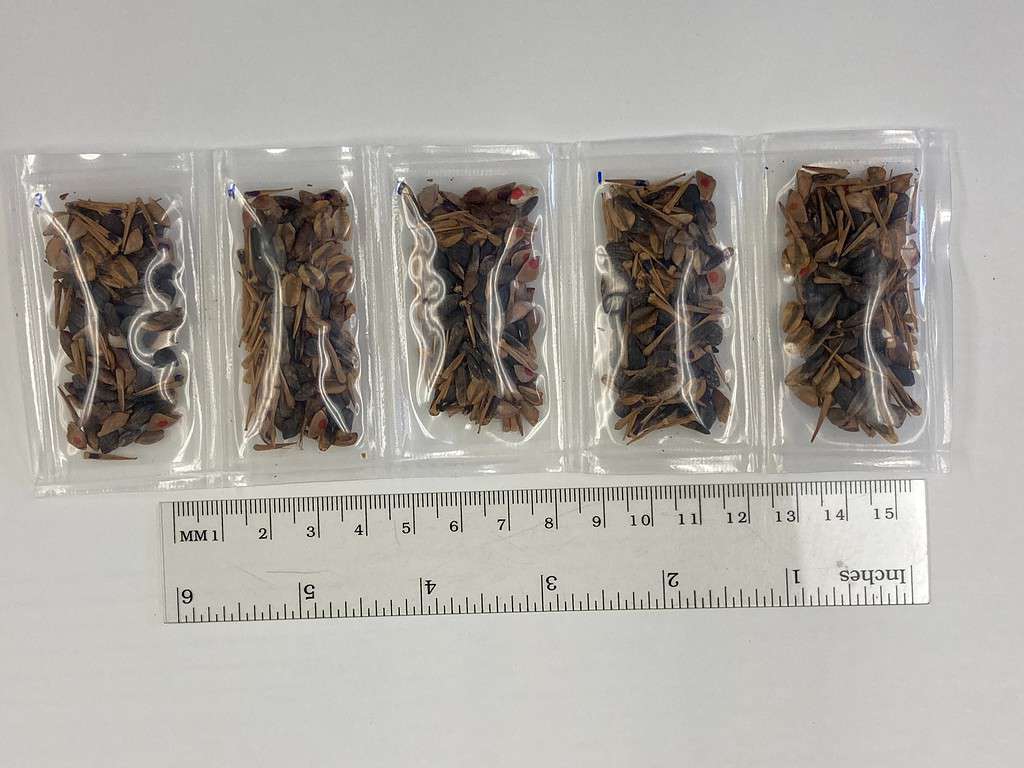NASA and the US Department of Agriculture Forest Service are giving education and community organizations the opportunity to receive seedlings that have travelled to outer space — to the moon! The initiative seeks to promote science, tech, engineering and mathematics (STEM) education and link space exploration with communities on Earth and we’re absolutely hooked.

Back in 2011, NASA’s Artemis I mission travelled into space with future trees on board. The spacecraft had seeds for five species – giant sequoias, Douglas-firs, sweetgums, sycamores and loblolly pines. After the mission, the Forest Service germinated the seeds. Now, organizations and schools can apply to get one of the seedlings.
“With the help of the USDA, this new generation of Moon trees will plant the spirit of exploration across our communities and inspire the next generation of explorers,” NASA Administrator Bill Nelson said in a news statement. “NASA’s Artemis moon trees are bringing the science and the ingenuity of space exploration down to Earth.”
The opportunity is open to organizations that work with the students or the general public, NASA said in a press release. Some of examples of eligible institutions include museums, science centers, government organizations, universities and formal and informal K-12 serving groups. Applications are posted here, due on October 6th.
Not the first time
While impressive, NASA has done this before. Back in 1971, Apollo 14 Command Module Pilot Stuart Rossa transported seeds. Roosa was a former Forest Service smokejumper, a group of trained wildland firefighters. After he returned, the Forest Service germinated the seeds and the trees were planted across the US.

In a nod to the legacy of Apollo 14, a new generation of Moon Tree seeds travelled into the lunar orbit onboard the Orion spacecraft. Orion returned to Earth after 25.5 days in space, where it orbited the moon and gathered crucial data. As well as the seeds, it also travelled with LEGO minifigures and a plush Snoopy zero-gravity indicator, Pop Sci said.
“The seeds that flew on the Artemis mission will soon be Moon Trees standing proudly on campuses and institutions across the country,” Randy Moore, Forest Service chief, said in a news statement. “The future Moon Trees will inspire future generations of scientists, whose research underpins all that we do here at the Forest Service.”
The seedlings will be given based on viability criteria to ensure that they can flourish when planted. Also, the Forest Service “will identify the seedling species for selected recipients based on geographical region in the contiguous United States,” NASA said in its press release. If you are eligible, it’s time to get your application ready to go.
Was this helpful?



